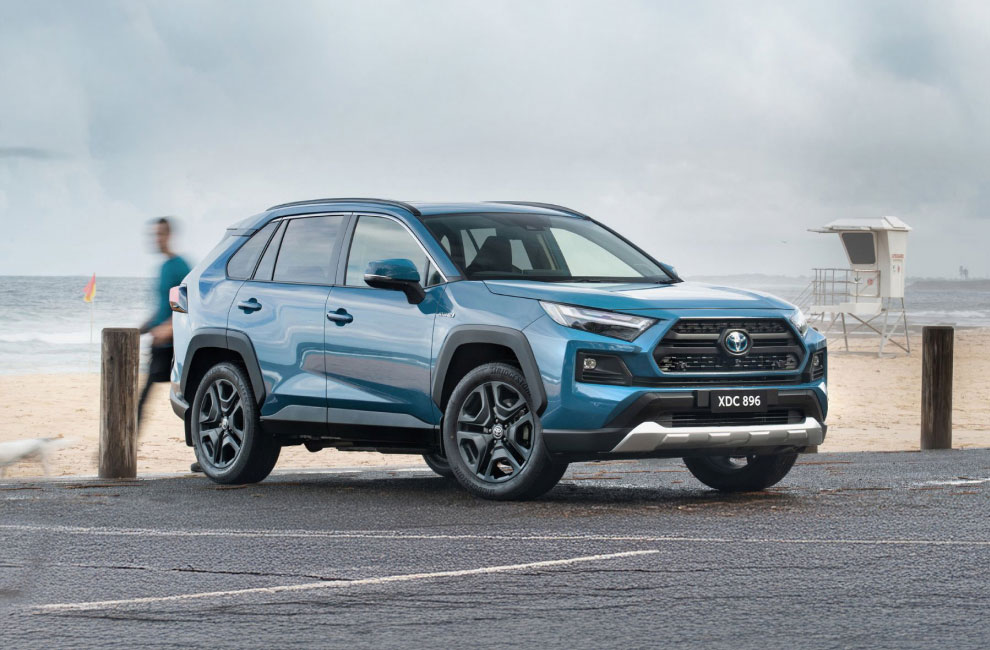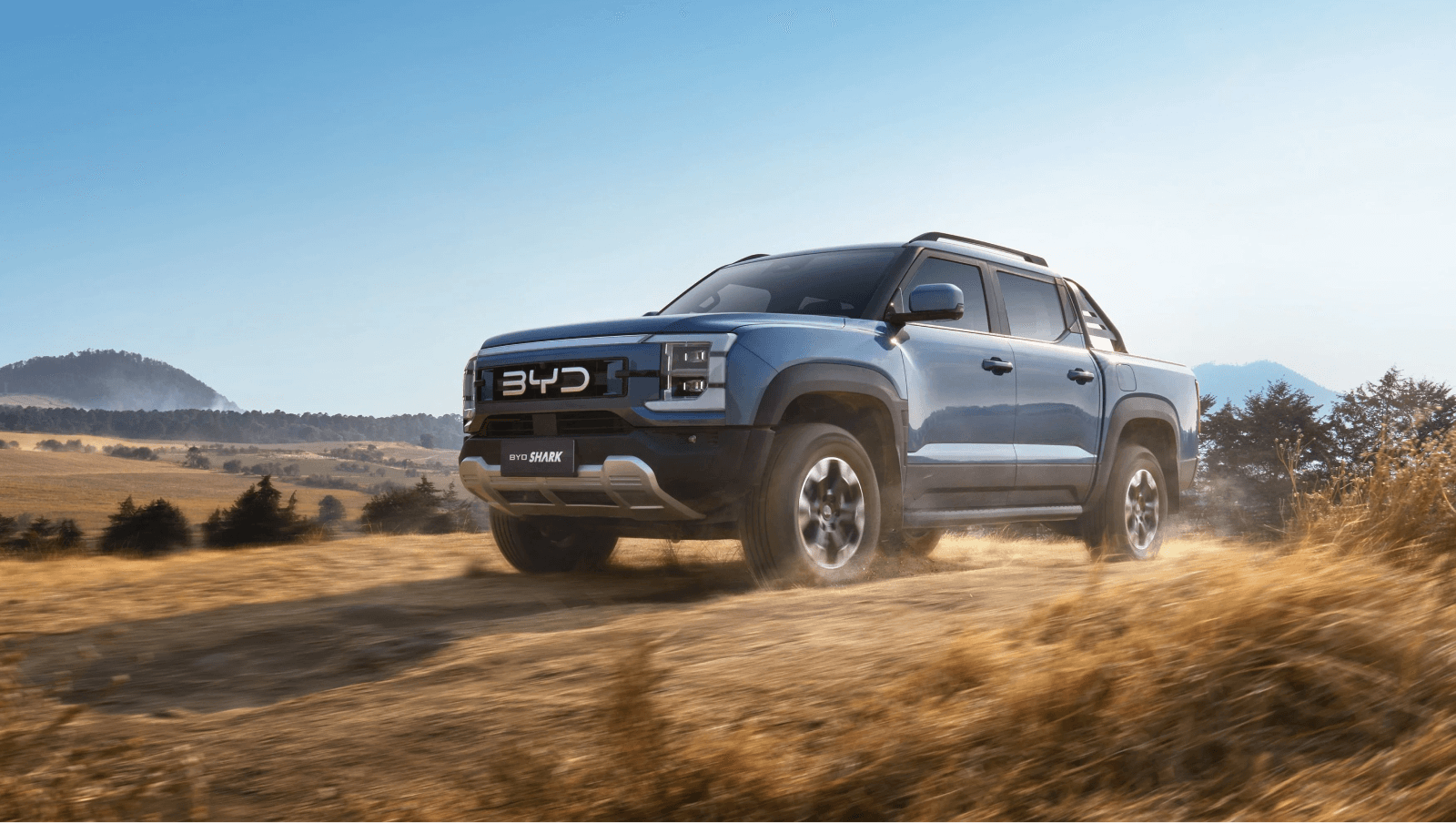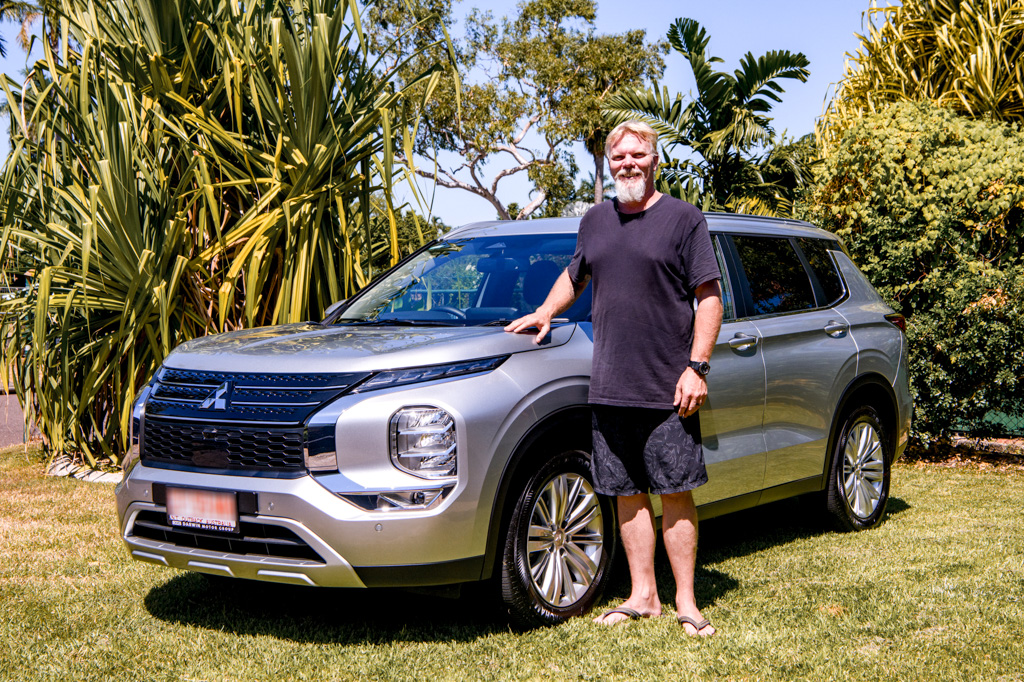Electric vehicles (EVs) are becoming increasingly popular in Australia as more drivers choose to transition from petrol-based cars, known as Internal Combustion Engine vehicles (ICE). Additionally, a generous new EV discount car bill makes electric vehicles (EVs) and plug-in hybrids (PHeVs)* priced under the luxury car cap exempt from paying fringe benefits tax (FBT) if provided through a novated lease – potentially providing huge savings. With the latest technology constantly improving EVs, they’re gaining traction with people all around Australia.
But what makes an EV so appealing? And how do they compare to other types of cars like hybrids or ICE vehicles? We’re exploring why electric vehicles could be the most beneficial option for Australian drivers keen on a sustainable option. We’ll look at their advantages over hybrid and ICE vehicles – looking at costs, performance, and environmental impact, so you can decide which mode of transport suits your needs best. Ready to make the switch already? Check out this deep dive into the top ten electric vehicles available in Australia that are eligible for Australian incentives.
Electric vehicles are powered by electric motors fuelled by rechargeable electric batteries, and these vehicles have zero emissions. Hybrid cars combine electric motors and traditional Internal Combustion Engines, giving you more power with fewer emissions. Finally, ICE vehicles run solely on liquid fuel and have more affordable, entry-level options, but produce far more emissions than electric or hybrid cars. With electric vehicles becoming more popular in Australia, it’s essential to consider all your options before heading out on the open road.
Comparing emission levels – the impact on the environment
Every year, the emissions produced by different types of motor vehicles impact our environment. From cars and buses to trucks and aeroplanes, the amount of pollutants released into the atmosphere depends heavily upon which vehicle is used. Understanding each vehicle’s emission levels is essential for commuters who strive for sustainability and reduced emissions in their day-to-day lives. Internal Combustion Engines are a significant source of greenhouse gas emissions, most significantly carbon dioxide (CO2), but also methane (CH4) and nitrous oxide (N2O). Although much less in quantity, these gases have a much higher global warming potential (GWP) than CO2, so their impact on climate change should not be underestimated. CH4 and N2O come from the tailpipe exhaust, while hydrofluorocarbons are released into the atmosphere due to leakage from air conditioners. Therefore, we must work towards reducing ICE-related emissions of all types to help mitigate global warming.
Performance comparison – how does each vehicle stack up?
Regarding performance comparison, electric, hybrid, and ICE vehicles can be placed in different categories depending on the criteria. EVs generally take the lead when it comes to acceleration and speed; this is because electric engines are more powerful than their ICE counterparts. Driving an electric vehicle is a vastly different (and quieter) experience than an ICE car, and the powerful torque provided by the electric motor makes acceleration smooth and responsive, as there are no gears to work through. Braking performance also feels fantastic due to how regenerative braking works – as soon as you let off the accelerator pedal, the car will start to slow itself down without braking manually. Many EVs also feature the battery running underneath the vehicle instead of the front or rear. Doing so lowers the centre of gravity and provides greater handling.
On the other hand, ICE cars trump EVs concerning power output, as they tend to have bigger engine components due to their reliance on combustion systems. Furthermore, some may consider the extended charging time for electric vehicles demanding – if your battery is low or empty, it could take hours to charge. To ensure your EV battery’s longevity, Green Vehicle Guide cautions users to keep the battery life above 20% and only use fast chargers when necessary.
Hybrids offer an exciting blend of features, combining EV technologies with enhancements from EVs and ICE car specs; they balance efficiency and raw power well. However, one thing to remember is that the FBT exemption will expire early for Plug-in hybrids, meaning that significant savings are only available for the next couple of years.
Maintenance requirements – how to look after your vehicle
The maintenance requirements for electric vehicles, hybrid cars, and ICE cars can differ significantly. Whereas ICE vehicles require regular maintenance tasks such as oil changes, spark plug replacements, air filter replacements, and transmission fluid changes, EVs need less regular upkeep due to their fewer moving parts. Typical EV maintenance tasks include the upkeep of brakes, suspension systems, and tires. EV batteries may need to be replaced after several years of use, although battery technology is constantly improving, so the lifespan of EV batteries is also increasing.
Hybrid cars combine an electric motor and an internal combustion engine and thus require maintenance for both systems. The upkeep required for the electric motor is similar to that of an EV, while the internal combustion engine requires a more traditional vehicle maintenance plan. Hybrid car batteries are usually smaller than electric vehicles but still require regular servicing.
EVs typically require less frequent maintenance than ICE vehicles, while hybrid cars have a set of needs somewhere between the two. The amount of maintenance necessary for each type of vehicle can vary depending on the specific make and model as well as how it is driven by its owner.
Cost analysis – which vehicle is more economical to purchase and run over time
When deciding which vehicle is more economical, it’s important to consider the purchase price, running costs and ongoing maintenance. Analysing these factors can help provide a clear indication of which car will be more affordable in the long-term.
Thanks to generous new legislation, EVs and PHEVs* priced under the luxury car limit are exempt from paying Fringe Benefits Tax. This opens up EV ownership to a new cohort of Australians. For instance, as seen below in this comparison table, a Tesla Model Y becomes much more affordable with the FBT exemption.
Furthermore, EVs are much more affordable to run, as they don’t require petrol. The NSW government estimates that EVs have fuel savings of up to 70% and maintenance savings of around 40%. One thing you may want to consider is the additional cost of an electric vehicle charger, Tesla, for instance, prices their chargers from $400 and states that a ‘straight-forward installation’ can cost between $750-$1500.
There are many factors to consider when deciding which type of vehicle is best for you. It’s important to weigh the pros and cons of each option in terms of speed, acceleration, cost efficiency, maintenance requirements and more before making a final decision. EVs offer superior performance in some areas, while ICE cars have their own advantages and have a lower entry price point. Hybrid vehicles provide an exciting blend of both styles that can be beneficial depending on your needs. Ultimately it comes down to what works best for you and your lifestyle – so do plenty of research beforehand!
If you’re in the market for an electric vehicle or plug-in hybrid, our car experts can help you benefit from the significant saving advantages of a novated lease while you help the planet.
*The legislation includes a sunset clause on PHEVs – they will be exempt from FBT before the 1st of April 2025.
1 Pricing based on the drive-away cost of a Tesla Model Y in NSW.
2 Monthly running costs include fuel, maintenance, insurance and servicing.
3 The residual cost for this model comes to $27,845, based on a balloon payment of 37.5%






